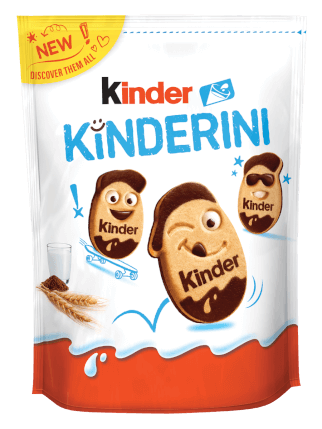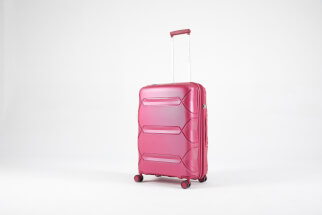IWSR analysis: Can baijiu be successful in the US?
A new report from drinks analyst IWSR has analyzed the potential of China’s baijiu spirit in the US market.
According to IWSR data, the largest spirit category in the world by volume is Chinese baijiu – and it is largely unknown outside Asia. In 2018, more baijiu was consumed in China than the collective amount of whiskey, vodka and rum consumed worldwide.
Baijiu can be distilled from rice, millet and various other grains depending on the region, but the highest-quality offering is usually made from red sorghum. It has been around since the Ming Dynasty, making it one of the world’s oldest spirits.
Beyond household consumption, the more expensive aged brands are a popular status gift among China’s upper classes.
The spirit’s success in the US market depends on a number of factors, both positive and negative, the IWSR said.
There are some barriers preventing baijiu from reaching the US market. Many of the largest brands are controlled by the Chinese government; the officials in charge tend to be risk averse and unwilling to make the necessary upfront investment.
“With baijiu consumption in China forecast to decrease at a CAGR of -0.6% from 2019 to 2023, it may be worth considering exporting to new markets to ignite category growth,” the IWSR said.
American consumers are unfamiliar with the category, and the drink’s taste profile is quite different to the spirits they are accustomed to. Traditional baijiu is not easily mixed in cocktails; it is usually consumed as shots during dinner.
“To be successful in the US, baijiu would require significant strategic involvement from major Chinese producers, as well as promotion and support from top on-premise pan-Asian accounts in the US,” said Chris Budzik, an analyst on the IWSR’s North America team.
Offerings in the super-premium-and-above price tiers hold the best possibility for success due to the initial cost involved in not only introducing a new brand to a market, but an entire category.
While there are multiple barriers to a successful introduction to the US market, there’s also opportunity. “Offerings in the super-premium-and-above price tiers hold the best possibility for success due to the initial cost involved in not only introducing a new brand to a market, but an entire category. A mixable, lower-proof (traditional baijiu typically has an ABV of between 50% and 60%), westernized version would serve as an approachable introduction to the category,” said Budzik.
One brand currently available in the US, Byejoe, is leading the way with this strategy. It has 40% ABV, is mixable and available in familiar yet exotic fruit flavors such as passion fruit and pomegranate. The brand is also concentrating on top cocktail bars and high-end pan-Asian restaurants in major metro markets with large Chinese populations such as Los Angeles, San Francisco and New York.
This strategy provides a base of consumers already familiar with the product who can sustain consumption while bartenders educate their American customers.
Budzik added: “Bartenders are key to a successful launch. While they introduce US consumers to a more approachable version via baijiu-based cocktails, they can also educate their customers on the ritual of traditional baijiu consumption – including pouring small (20ml) shots for the table from a ceramic vessel – and help them embrace the unfamiliar.”
According to the IWSR, preliminary 2019 category volumes for baijiu in the US show modest growth over 2018. The two leading brands in the US, Ming River and Vinn, make up most volumes for the category, but it’s expected more brands will come to market, leading to a forecast 5.2% CAGR through 2024.
Whether the growth rate will be large enough to be considered successful will be determined by the length of time the category takes to penetrate the US market, the IWSR concluded.








